Best Asian ODI XI of the decade
Some of the top players had to be left out purely based on stats.
View : 67.1K
2 Min Read
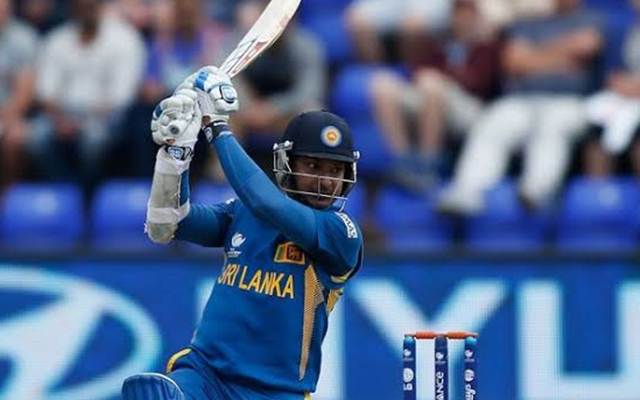
The 2010s decade is in the history books now as the cricket universe awaits the action-packed 2020s. This decade will focus a lot on the shortest format of the game however, the previous 10 years of cricket were ODI centric. Three ODI World Cups took place during the last decade.
Co-incidentally, the hosts won all the three tournaments. India won the tourney in 2011 while Australia and England triumphed in the 2015 and 2019 editions, respectively. The Asian cricket universe witnessed a drastic change during the last decade. Sri Lankan cricket team took a dip while Afghanistan and Bangladesh established themselves as major players of the games.
Here’s a look at the best Asian ODI XI of the decade:
Rohit Sharma
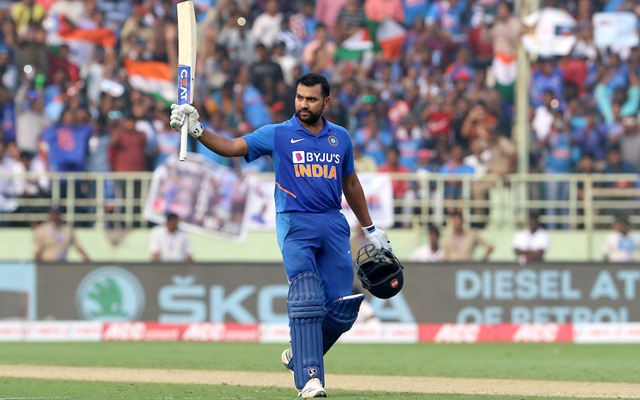
Matches – 180, Runs – 8,249, Highest Score – 264, Strike Rate – 90.63
Indian right-handed opening batsman, Rohit Sharma ruled the 50 overs format with his innings building skills. The Mumbai-based batsman mastered the art of starting off slow and then decimating the opposition with the big hits during the slog overs.
He played 180 ODIs for India in the last 10 matches, scoring 8,249 runs with his highest score being 264. Sharma had a fantastic strike rate of 90.63 which shows how well he paces the innings. He has played a major role in the rise of the Indian ODI team.
The Indian vice-captain’s career graph witnessed a steep rise after the ICC Champions Trophy in 2013 because that was the event where MS Dhoni used him as an opener first. Rohit will be keen to carry his form forward in the next decade.
Kumar Sangakkara

Matches – 142, Runs – 6,356, Highest Score – 169, Strike Rate – 84.70
Opening the innings for the best Asian ODI XI of the decade along with Rohit Sharma will be Sri Lankan legend, Kumar Sangakkara. The left-handed batsman had a stellar outing with the bat in the 2010s and he ended as one of the highest run-getters despite hanging his boots in 2015.
Sangakkara represented his nation in 142 ODI matches where he amassed 6,356 runs at a strike rate of 84.70. Though the cricket fans billed him to be a Test match specialist, his strike rate in ODI cricket reflects the opposite. Also, he had a highest score of 169.
The left-handed batsman was Sri Lanka’s most consistent batsman in this format and the fact that he averaged above 50 in this decade solidifies the aforementioned claim. He had grabbed the headlines by scoring 4 consecutive hundreds in the 2015 World Cup.
Virat Kohli
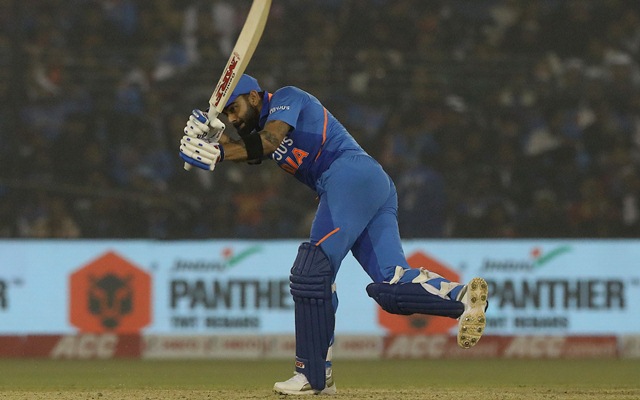
Matches – 227, Runs – 11,125, Highest Score – 183, Strike Rate – 94.11
The Indian captain Virat Kohli was the best ODI batsman of the last decade. He started the 2010s decade as an upcoming youngster but ended it as one of the most prolific names in world cricket. He aggregated 11,125 runs in 227 matches to end the decade as the highest run-scorer.
The right-handed batsman scored these runs at a strike rate of 94.11 which itself shows the dominance of Kohli. He achieved his highest score of 183 against Pakistan in a group stage match of the 2012 Asia Cup in Bangladesh. Unfortunately, India could not win that tournament.
But, Virat continued to toil the opposition bowlers with his skills. He has not registered a very big score at the ICC events. However, there has been no batsman so consistent as him in the bilateral ODI series. He will hold the key to India’s success in the 2023 World Cup.
Babar Azam
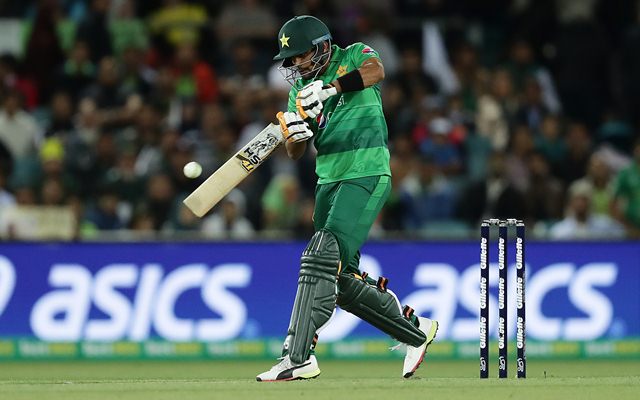
Matches – 74, Runs – 3,359, Highest Score – 125*, Strike Rate – 87.08
The only player from Pakistan to feature in the best Asian ODI XI of the decade is their right-handed top-order batsman, Babar Azam. Deemed by many to be the next Virat Kohli of world cricket, Azam has taken giant strides in world cricket with his batting performances.
He recorded his first World Cup ton against the eventual runners-up of the tournament, New Zealand in 2019. The right-handed batsman represented Pakistan in 74 matches where he amassed 3,359 runs at an average of 54.17 and a strike rate of 87.08.
Though he is one of the best batsmen to emerge from Pakistan, he is yet to play a big knock in the 50 overs format. Although the upcoming star has scored 11 ODI hundreds, his highest score in one-day cricket is only 125*. Hence, he will look to improve it in the coming years.
Shakib Al Hasan

Matches – 131, Runs – 4,276, Wickets – 177
The first all-rounder to be a part of this elite team is the former Bangladeshi captain, Shakib Al Hasan. The left-arm all-rounder played 131 matches for Bangladesh where he amassed 4,276 runs besides taking 177 wickets for his nation.
Shakib even captained the ODI team of Bangladesh for quite a while. The all-rounder has been one of the key reasons behind Bangladesh’s rise in world cricket during the decade. He scored 5 hundreds and 35 fifties for the Bangla Tigers in the last 10 years.
The left-arm spinner was the second-highest wicket-taker in the ODI arena during the last 10 years. He was the most successful spin bowler which highlights the special talent that he possesses. Unfortunately, he is currently suspended by the ICC after he breached the anti-corruption code.
MS Dhoni (C & WK)
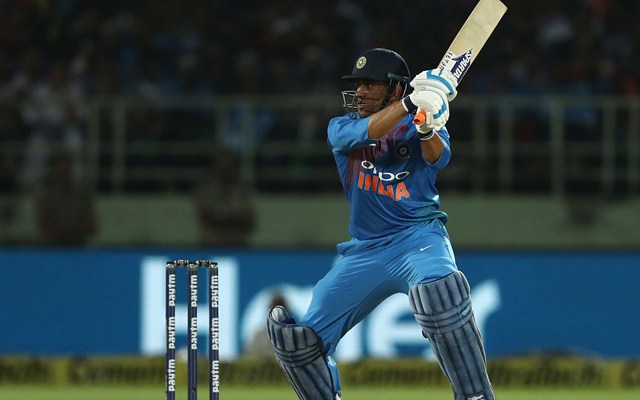
Matches – 196, Runs – 5,640, Highest Score – 139*, Strike Rate – 85.79
The man who led India to their first World Cup win at home and later even guided them to the ICC Champions Trophy in 2013, MS Dhoni stands as the best captain of this decade. He retired from Tests in the first half of the 2010s but he still is a prominent name in the limited-overs format.
With the highest score of 139* and a total aggregate of 5,640 runs, Dhoni has proved that his growing age will never affect his style of playing. His strike rate has dipped a bit over the years but the 39-year-old player still has got the big-hitting power.
Besides, he has one of the sharpest cricketing minds in the world and his ability to judge the umpire’s decision from behind the wicket has made him one of the best decision-makers of the game. Dhoni’s glovework has also improved in the last decade which is why he is the best option for the wicket-keeper’s role.
Ravindra Jadeja
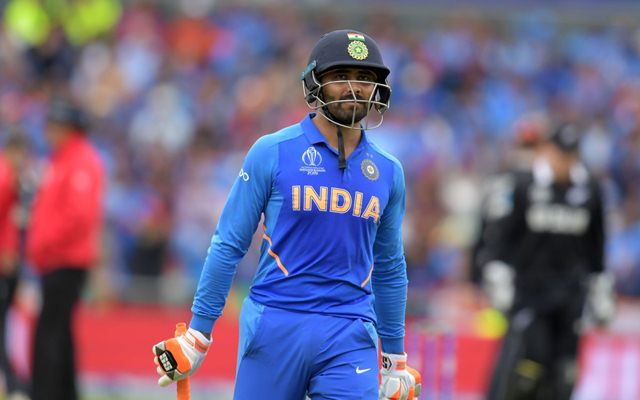
Matches – 145, Runs – 1,987, Wickets – 171
Just like Shakib Al Hasan, India’s left-arm all-rounder, Ravindra Jadeja ruled this decade with his multi-talented skills. The Saurashtra-born star played 145 matches for India where he scored 1,987 runs and took 171 wickets for the team.
The statistics indicate that Jadeja was more of a bowling all-rounder but the fans should remember that the dominance of the Indian top-order batsmen gives very few chances to players like Jadeja to come out and express themselves in the 50 overs format.
Although he has got very less opportunities to prove himself as a batsman, he has always silenced his critics with his clean shots. Besides, he is also famous for his acrobatic skills and rocket arm throw on the field. Jadeja ended the decade as India’s most successful bowler.
Rashid Khan

Matches – 71, Wickets – 133, Best Figures – 7/18, Economy Rate – 4.16
Just like Pakistan, there is only one representative from the Afghanistan cricket team in the best Asian ODI XI of the decade and he is their former captain, Rashid Khan. The leg-spinner has been the main reason why Afghanistan stands as a Test-playing nation today.
The Afghan spin wizard represented Afghanistan in 71 ODI matches where he took 133 wickets at an economy rate of 4.16. He also had the best figures of 7/18 which showcases how much he has troubled the batsmen. Khan made his World Cup debut in 2019 however, he did not have a memorable one at all.
The upcoming star will try to better his performance in the 2023 World Cup and given that India will host the World Cup, Rashid is bound to make an impact. Afghanistan have the calibre to emerge as the most improved team in the next decade but, Rashid will have to be the leading man.
Mashrafe Mortaza
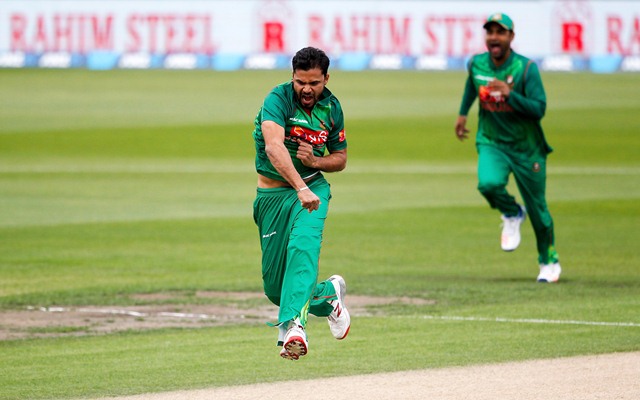
Matches – 114, Wickets – 131, Best Figures – 4/29, Economy Rate – 5.15
One of the most underrated players of all time, Mashrafe Mortaza played an instrumental role in Bangladesh‘s success during the last 10 years. He served as the captain of the team for a major period besides, he also led the team’s fast bowling attack from the front.
Although his injuries led to a reduction in his pace Mortaza still remains an effective bowler in limited-overs cricket. He played 114 matches for his nation in this decade, scalping 131 wickets with his best figures being 4/29. The highlight of his career was his bowling in the initial overs of the game.
Under his guidance, Bangladesh got the new talents in Rubel Hossain and Mustafizur Rahman. All the young fast bowlers of Bangladesh would have learned a lot from him hence, he gets a special position in the best Asian ODI XI of the 2010s decade.
Lasith Malinga
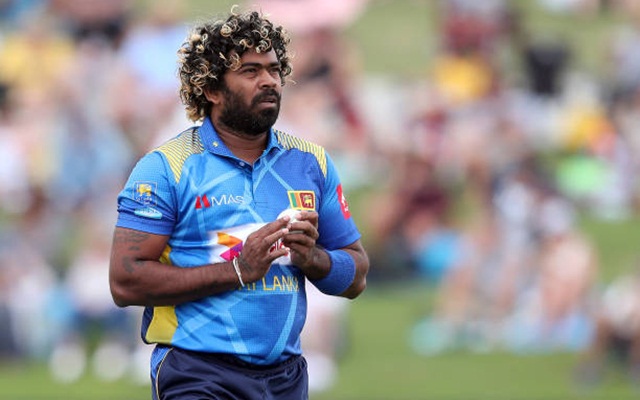
Matches – 162, Wickets – 248, Best Figures – 6/38, Economy Rate – 5.46
Lasith Malinga ruled the ODI cricket world in this decade with his sling-arm bowling action. He played a key role for Sri Lanka in the 2011 World Cup besides he even was the role model of the team’s players during the 2019 World Cup. Malinga’s brilliant spell had helped Sri Lanka defeat the eventual champions, England in the first round.
The right-arm fast bowler played 162 ODIs for Sri Lanka where he scalped 248 wickets and his best figures were 6/38. Just like Mashrafe Mortaza, the injuries and health issues forced Malinga to reduce his pace however, his variations kept him a big name in world cricket.
The fact that Malinga took 6 four-wicket hauls and 8 five-wicket hauls in the last 10 years highlight his wicket-taking abilities. His economy rate was 5.46 during this decade but, no one can deny that he was the greatest fast bowler to play for Sri Lanka in the 2010s decade.
Bhuvneshwar Kumar
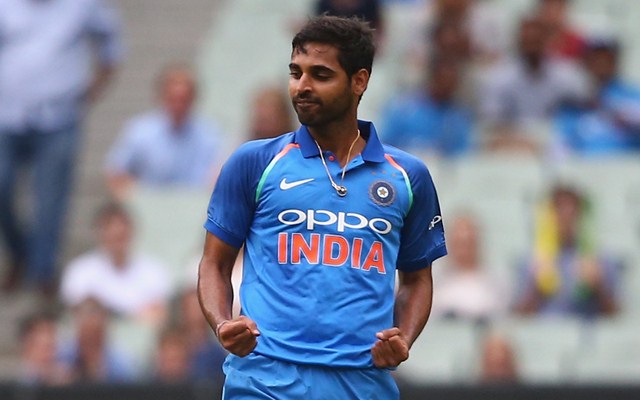
Matches – 114, Wickets – 132, Best Figures – 5/42, Economy Rate – 5.02
Bhuvneshwar Kumar was one of India’s biggest finds of this decade. The right-arm fast bowler from Uttar Pradesh donned the Indian jersey for the first time in 2012 against Pakistan. In his debut series only, Kumar wowed the fans with his swing and seam bowling.
The team management knew that Kumar would be a long term prospect for the Indian fast bowling contingent however, his monotonous bowling skills made him predictable. During his stint with Sunrisers Hyderabad, Bhuvneshwar learnt the art of bowling with more pace and executing the yorkers hence, he became a great bowler.
During the last decade, Bhuvneshwar represented India in 114 oDI games, picking up 132 wickets with his best figures being 5/42. His economy rate is above 5.00 however, no batsmen can dominate him in swinging conditions during the powerplay overs.
Download Our App